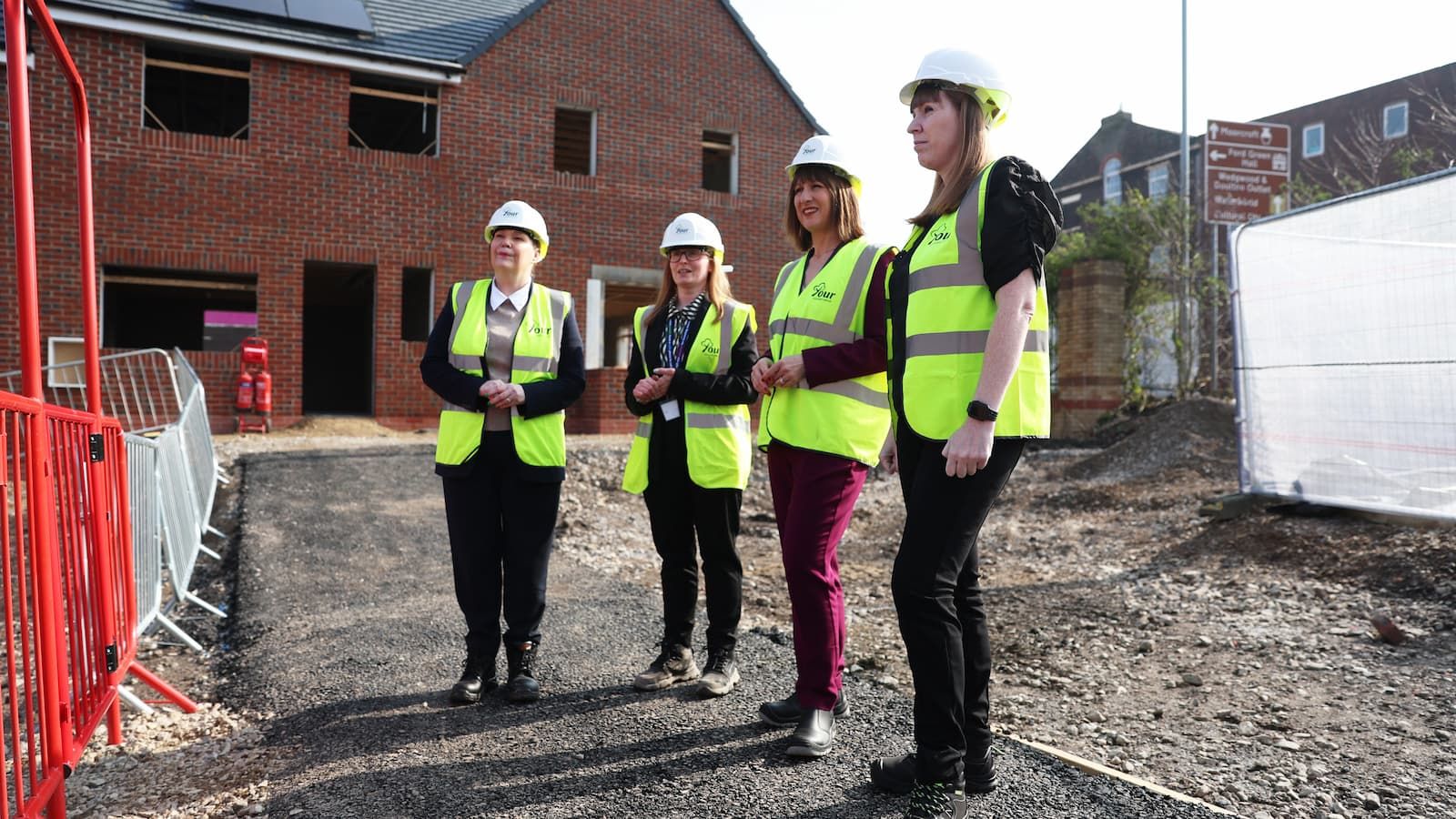Changing your home plans after getting planning permission could soon become a lot easier under new government proposals.
Ministers have confirmed plans for an “alternative mechanism” – linked to Section 73B of the Town and Country Planning Act 1990 – that would allow approved developments to be modified without the need for a full reapplication.
If introduced, it could mean homeowners wanting to alter their self-build plans, extensions, or update materials after approval will face fewer hurdles and faster decisions.
What Section 73B would change
Currently, homeowners can apply under Section 73 to vary conditions attached to a planning permission, but not to change the description of the development itself.
The new Section 73B, introduced in the Levelling-Up and Regeneration Act 2023, is intended to fill that gap.
It would provide a formal route to vary permissions as long as the outcome is not “substantially different” from the original consent. This means that, in future, a homeowner could request small design or material adjustments to an approved extension – such as a modest footprint change or revised window placement – without needing to start over.
According to a Department for Levelling Up, Housing and Communities statement, the government’s planning reforms are designed to “help speed up local planning decision making, maximise the use of professional skills and judgement of trained planners, and focus the time of elected councillors on the most significant or controversial applications.”
Why this matters for homeowners
For many households, even small changes to approved plans currently require a completely new planning application – a process that can add months and hundreds of pounds in fees. Section 73B aims to simplify that by introducing a proportionate, transparent route for limited variations.
Robbie Calvert, Head of Policy and Public Affairs at the Royal Town Planning Institute, said: “Planning reforms are at the heart of the Government’s growth plan.”
He added: “The Government’s proposed reforms have the potential to unlock thousands of homes on smaller sites and energise a part of the sector that plays a vital role in local economies.”
While Section 73B is primarily aimed at larger developments, planning professionals believe its flexibility could also benefit individual homeowners seeking to amend home-extension or renovation projects once permission is granted.
How this fits within wider planning reform
Section 73B sits within the government’s wider Plan for Change – a programme to make the planning system “go further and faster” in supporting housing delivery and growth.
In a recent statement, Housing and Planning Minister Matthew Pennycook reaffirmed that: “The plan-led approach is, and must remain, the cornerstone of our planning system and the government are determined to progress toward universal coverage of local plans.”
This emphasis on plan-led flexibility underpins the new consent mechanism, ensuring that approved developments remain aligned with local policy while allowing reasonable variations to proceed efficiently.
What should homeowners do now
Homeowners should monitor the rollout of Section 73B through secondary legislation and planning guidance, which will define exactly how and when the mechanism applies.
Those planning to build, extend, or renovate should:
- Keep records of any approved plans and consider early consultation before making changes.
- Ask their local planning authority if their proposal could qualify under the forthcoming mechanism.
- Follow government updates on GOV.UK as implementation guidance is published.
View the original article and our Inspiration here


Leave a Reply